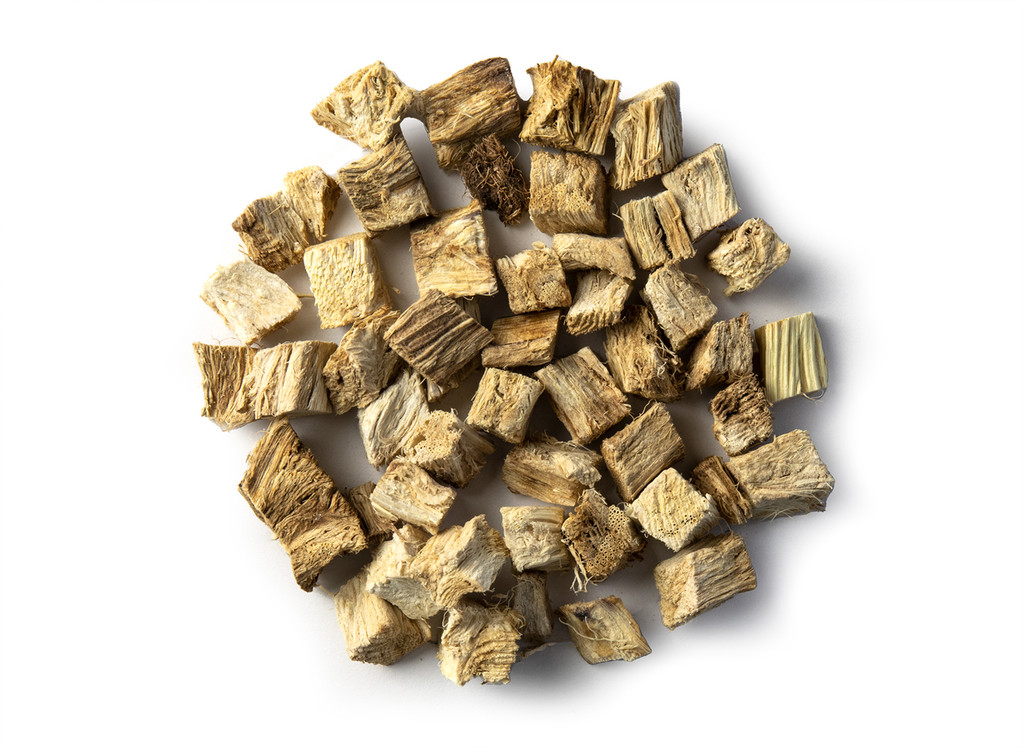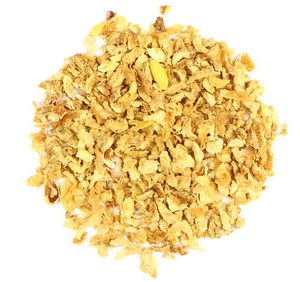Pueraria montana var. lobata is a climbing, trailing, perennial vine native to eastern Asia. A member of the pea family, the vine is often considered a noxious weed in places where it has naturalized as it spreads quickly and can suppress native plants. However, kudzu root has been eaten as a vegetable for thousands of years in Asia and has a long history of use for its beneficial properties in Traditional Chinese Medicine. Kudzu root is typically prepared as an herbal tea and incorporated into botanical formulations.
The pestiferous, creeping kudzu plant infesting the southeastern United States is an edible vegetable of Asian origin with a root that has been used for its beneficial properties for over 2000 years. Traditional Chinese Medicine often uses the root to dispel excess heat in the body. It is sweet and acrid in taste, and neutral in properties. It can unclog meridians and covers meridians related to the spleen, stomach, lung, and bladder. Kudzu is often used to more quickly dispel the effects of alcohol ingestion. Kudzu root has a high concentration of isoflavones, which have been investigated by science for their health benefits. Naturopathic physicians report an astonishing range of applications for kudzu.




